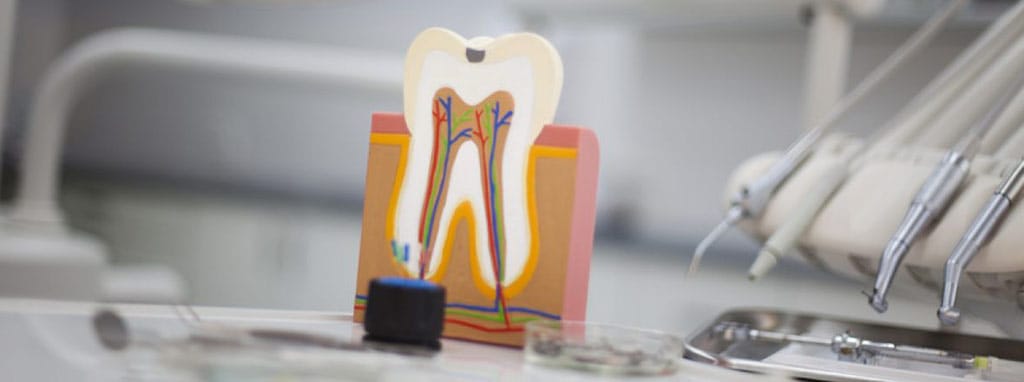Our Values
Guided by integrity, compassion, and excellence in all we do.
Sinus lift surgery, or sinus augmentation, is a common bone grafting oral surgery procedure performed on the upper jaw in order to increase the amount of bone between the maxillary sinuses and the jaw so that dental implants can be successfully placed. Oral surgeons frequently utilize sinus lift surgery to augment the jawbone because the upper jaw is often deficient in bone quality and quantity.
The maxillary sinuses are hollow spaces situated behind the cheek bones and above the upper teeth. The roots of those upper back molars often extend into the sinuses. When tooth loss or extraction occurs, little supportive jawbone is left. During sinus lift surgery, the sinus membrane is lifted upward and bone is added between the sinuses and the jaw.

Sinus lift surgery is an in-office procedure which is typically performed with local anesthesia or IV sedation. In more complex cases, general anesthesia may be employed. During sinus lift surgery, the sinus is raised and a bone graft is performed to allow for eventual osseointegration, the process in which the regenerated bone connects with the prosthetic implant. Several techniques are available to perform the sinus lift procedure.
Lateral window technique is considered the traditional sinus augmentation surgery during which the oral surgeon makes an incision in the gum, exposing the bone. A window is made into the sinus and the piece of bone cut out is pushed into the sinus cavity. The bone graft is placed in the space underneath.
The osteotome technique is a less invasive sinus lift surgery that can be utilized when over 6mm of natural bone height is present and the sinus floor requires less than 4mm of elevation. A flap of gum tissue is cut to form a socket in the bone. An osteotome is used to tap the sinus floor into proper position. The dental implant is typically placed during the osteotome sinus lift surgery, and bone integration takes approximately 4-6 months.
Your recovery time will depend on the type of sinus lift surgery you undergo. Other than avoidance of strenuous activities, most patients do not have any major limitations. You may experience some swelling around the surgical site and light bleeding from the nose or mouth. Most patients have little discomfort after their sinus lift procedure.
Your surgeon will prescribe medication, which may include:
Your surgeon will provide detailed post-operative instructions after your sinus lift surgery.

Our office accepts most major dental insurance providers. For additional questions regarding insurance, please contact our office.












PDA empowers you to expand your dental practice and enhance your expertise through collaborative partnerships! connect with us now discover the possibilities.